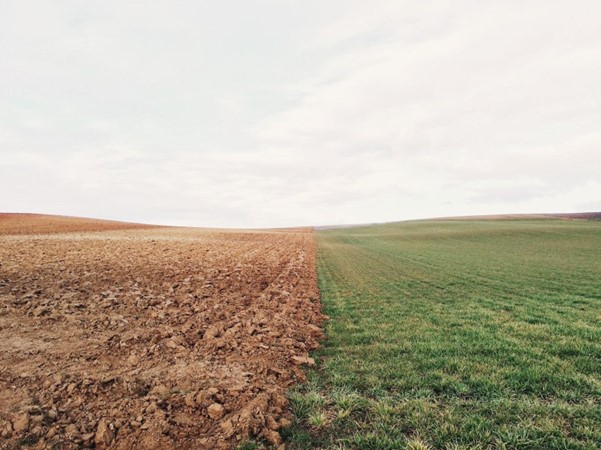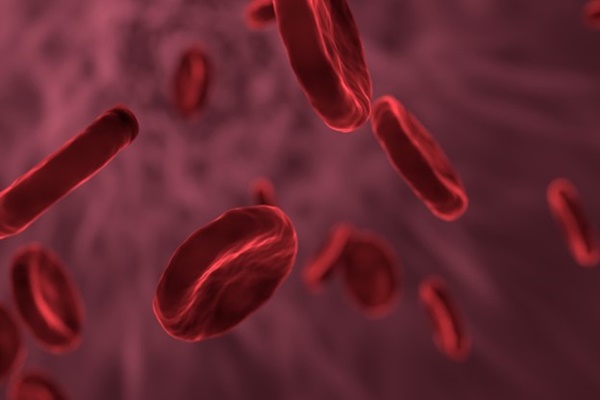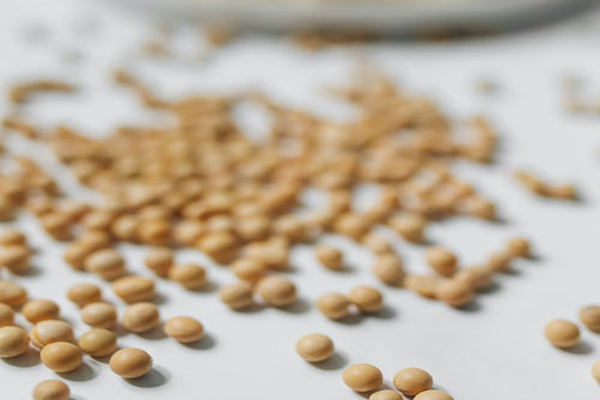Food is essential for the sustenance and the general well-being of any human being. That is why your body will always indicate to you that it needs nutrition through the sensation of hunger. However, every once in a while, you may not feel like eating anything. It may be the case not because you feel satiated after a large meal but even in instances where you have not eaten in a while.
What, then, can you do in instances where you feel like this? This article discusses six of the most beneficial things to do when you have a poor appetite. But first, a discussion on what causes loss of appetite.
Cause of Poor Appetite
The best way to solve any problem is first to identify its cause and narrow it down to solutions that address the specific reasons. The same goes for appetite issues. Before you can try out various solutions to poor appetite, you must first identify the causes.
Loss of appetite could be temporary or long-term, depending on the cause. The most common causes of long-term poor appetite include medical conditions such as diabetes, cancer, and chronic pain. Some viral and bacterial infections also cause poor appetite. Loss of appetite could also arise from psychological conditions such as stress, depression, anxiety or eating disorders like anorexia nervosa. Lastly, emotional and hormonal imbalances can contribute to loss of appetite.
What To Do When You Have A Poor Appetite?
The following are some of the beneficial things to try out when you have a poor appetite:
1. Cannabis Products
Researchers have shown that cannabis activates the endocannabinoid system, which is responsible for many body functions, including appetite management. The receptors in the endocannabinoid system also respond to the cannabinoids present in cannabis when you consume cannabis products. It is why you may feel a strong urge to eat soon after taking a cannabis product.
Therefore, if you have a poor appetite, you must consider trying some of these products, such as THC gummies. They are available in cannabis dispensaries and online shops across the country. As the laws on cannabis differ from state to state, you need to be aware of the regulations in your state before looking for these products.


















